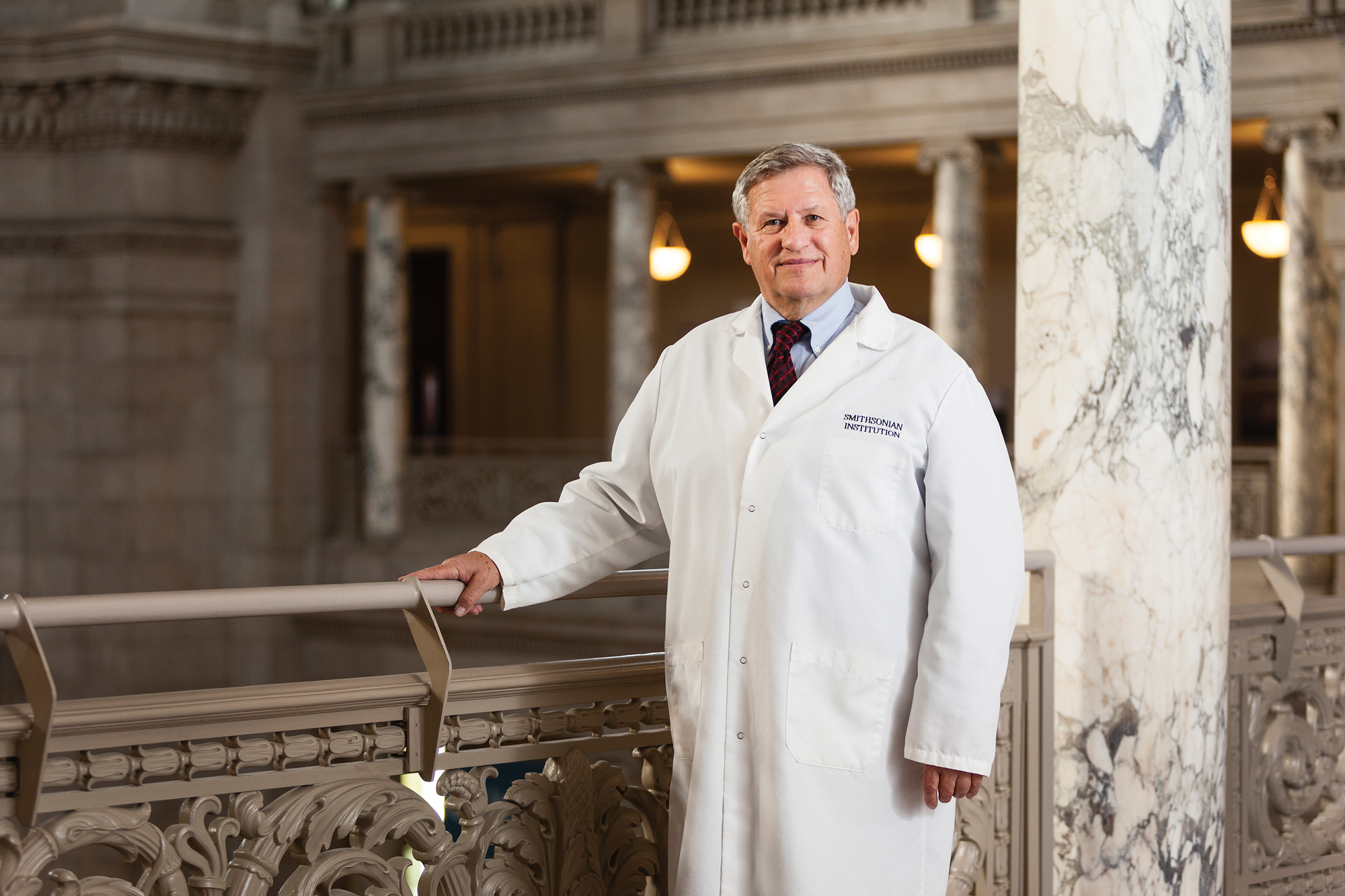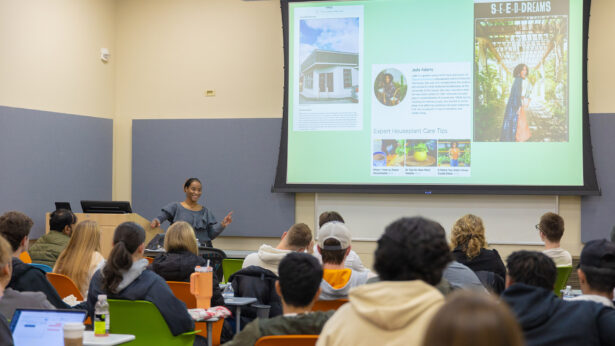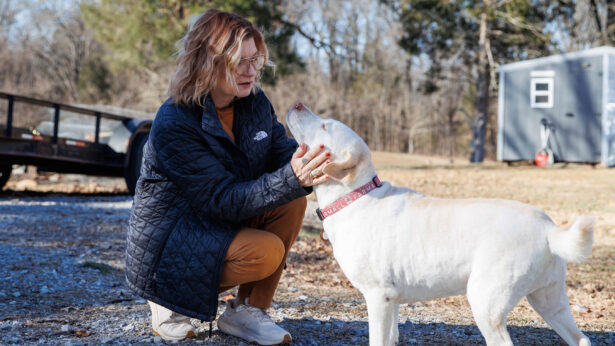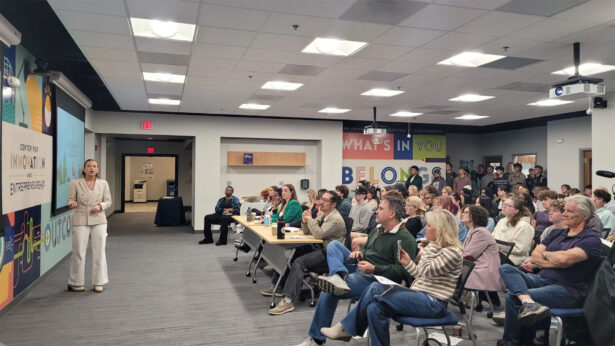
The bones tell stories in Douglas Owsley’s laboratory in Washington, D.C. “We have an increased ability to read what the bones are telling us,” he says. “You have to be very patient, but they’ll tell us, if we’re willing to listen.”
For more than 30 years Owsley has been leaning in and hearing their whispers. And they have had stories to tell from the 9,000-year-old Kennewick man to Jamestown colonists to 9-11 Pentagon victims to numerous murder victims. Those stories have taken him to the Division of Physical Anthropology at the Smithsonian’s National Museum of Natural History, which he heads.
His interest in bones began at UT Knoxville, studying with renowned forensic pathologists Bill Bass and Richard Jantz. “You learn by experience, by seeing and seeing and seeing, and then you know what is abnormal,” he says. “That is pathology.”
Decoding the normal and abnormal now gives individuals from the past voice to speak. “You have an opportunity to tell their story and to fit it in our past,” Owsley says. “The skeleton is the most informative source of information about a person.”
While an undergraduate at the University of Wyoming, Owsley studied pre-medicine. After an anthropology professor invited him to join field projects, Owsley shifted to zoology. Then that professor introduced Owsley to Bass, who asked Owsley to join him at UT.
At UT, Owsley gained experience by helping Jantz build databases to unravel mysteries of Native Americans. Now in a Smithsonian database of 17th-century colonists, Owsley tracks information on 350 Jamestown colonists such as age, sex, cause of death, bone density, isotopes and DNA. And he is still learning.
“We still don’t know all what the human skeleton can tell us,” he says.


